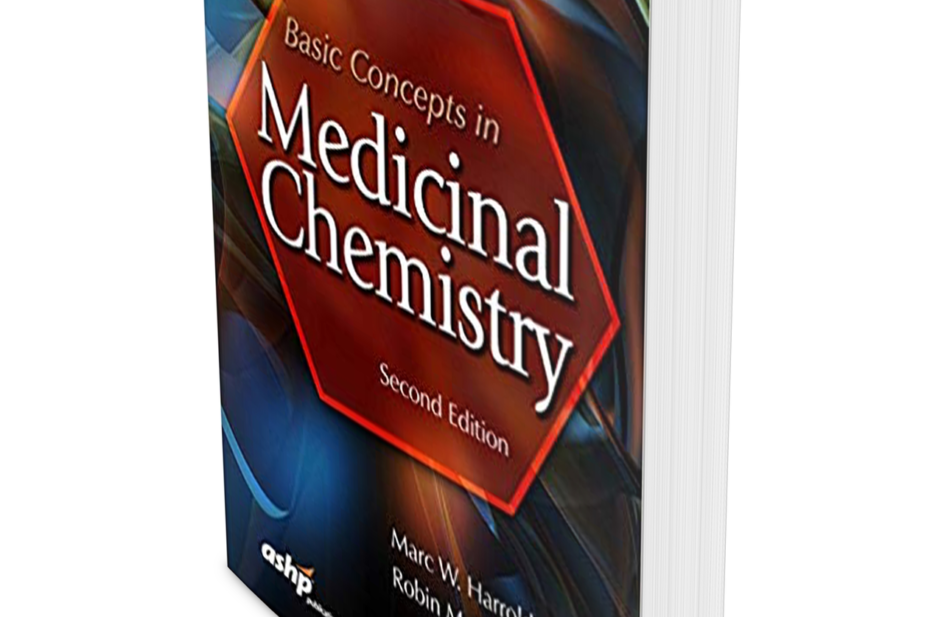
Each drug is a chemical structure that contains numerous functional groups arranged in a specific manner. These functional groups determine the interactions of the drug molecule with its biological target; its pharmacological action; the route by which it is administered; the extent to which it is metabolised; and the presence or absence of specific adverse reactions and drug interactions. This second edition of Basic Concepts in Medicinal Chemistry focuses on these fundamentals, and emphasises functional group analysis and the essentials of drug structure evaluation.
The chapters are carefully organised to allow the reader to progressively gain knowledge about the chemistry of drug molecules, with each chapter building on the previous one. The first chapter begins with a discussion of the common characteristics of functional groups. It reviews the numbering of alicyclic and heterocyclic rings, the designation of aromatic ring positions, and the nomenclature of steroids and nucleic acid, while the second chapter focuses on the chemical characteristics of functional groups and the roles they play in drug action.
Successive chapters identify those functional groups that are acidic or basic, review a strategy to calculate the extent to which they are ionised in a given environment, and then examine how these characteristics contribute to the overall solubility of the drug molecule. Later chapters discuss the types of binding interactions that can occur between a drug molecule and its biological target, and how stereochemistry of the molecule can also affect this interaction. Emphasis is placed on the pharmacological and therapeutic differences that can occur between enantiomers.
A chapter is devoted to exploring the metabolism of drug molecules by various enzymes. The chapter identifies the functional groups that are susceptible to each type of metabolic transformation, enabling the reader to become more proficient in predicting the possible metabolic transformations for a given drug molecule. Structure–activity relationships are introduced in another chapter, along with the concepts of molecular modification to design new drugs and analogues of existing drugs.
Learning objectives are presented at the beginning of each chapter, with review questions at the end.
‘Structure analysis checkpoint’ questions are a feature new to this edition. These questions follow two drugs, venetoclax and elamipretide — the drugs are revisited as new concepts are introduced chapter by chapter.
The final chapter, also new to this edition, focuses solely on whole-molecule drug evaluation, rather than on specific concepts as in the earlier chapters.
This book is extremely well-structured and easy to follow. It navigates medicinal chemistry in a way that makes the subject relatively easy to understand. It will be valuable to students embarking on a career in healthcare or to practitioners needing to brush up on medicinal chemistry.
Laurence A Goldberg
References
Basic Concepts in Medicinal Chemistry, by Marc W Harrold and Robin M Zavod. 2nd edn. Pp xii+606. US$63. American Society of Health-System Pharmacists (Maryland), 2018. ISBN 978-1-58528-601-0. Also available as an eBook. US$57. ISBN 978-1-58528-602-7


